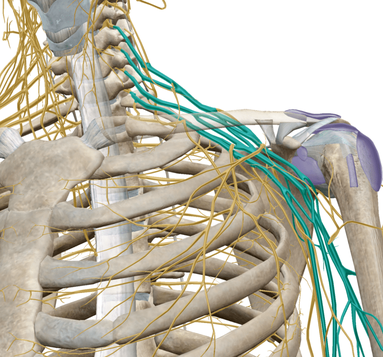SHOULDER PAIN
WHAT IT IS
Shoulder pain is most commonly of mechanical nature, e.g., movement, postures, body mechanics. If your shoulder pain changes — for better or worse — with varying movements and positions accompanied by stiffness or loss of range of motion, you likely are suffering from mechanical pain. The question is: is it truly a shoulder problem or is pain coming from a remote location?
Acute shoulder pain is an episode lasting no longer than six weeks, which is more common than chronic shoulder pain lasting longer than three months.
Because the nerve supply to your shoulders and arms stem from the spinal cord within the spinal column, suboptimal cervical spine (neck) mechanics and joint movement can alter the signals from your brain to the shoulder muscles via nerve pathways. Proper movement is vital for joints to receive nourishment and stay healthy. It is not uncommon to experience shoulder symptoms when the neck is the source; in fact, we find it’s the case more times than not!
To be crystal clear, we do not correct tears and arthritis. These are standard labels and diagnoses tagged on patients, which we have successfully treated. The problem with these diagnoses is they simply tell you what it is, not how or why it occurred, nor how to correct it. Furthermore, just because there is arthritis present, does not mean there should be pain present. Millions of people with late stage degeneration have no pain at all. Don’t let an “arthritis” diagnosis let you believe you should have pain.
In rare cases, shoulder pain can indicate a serious medical problem — such as a heart attack — requiring immediate attention.
If you suffered direct trauma to the shoulder, or experience dizziness, double vision, difficulty speaking/swallowing, direct trauma, or unexplained weight loss accompanied by shoulder pain, seek immediate medical attention.



